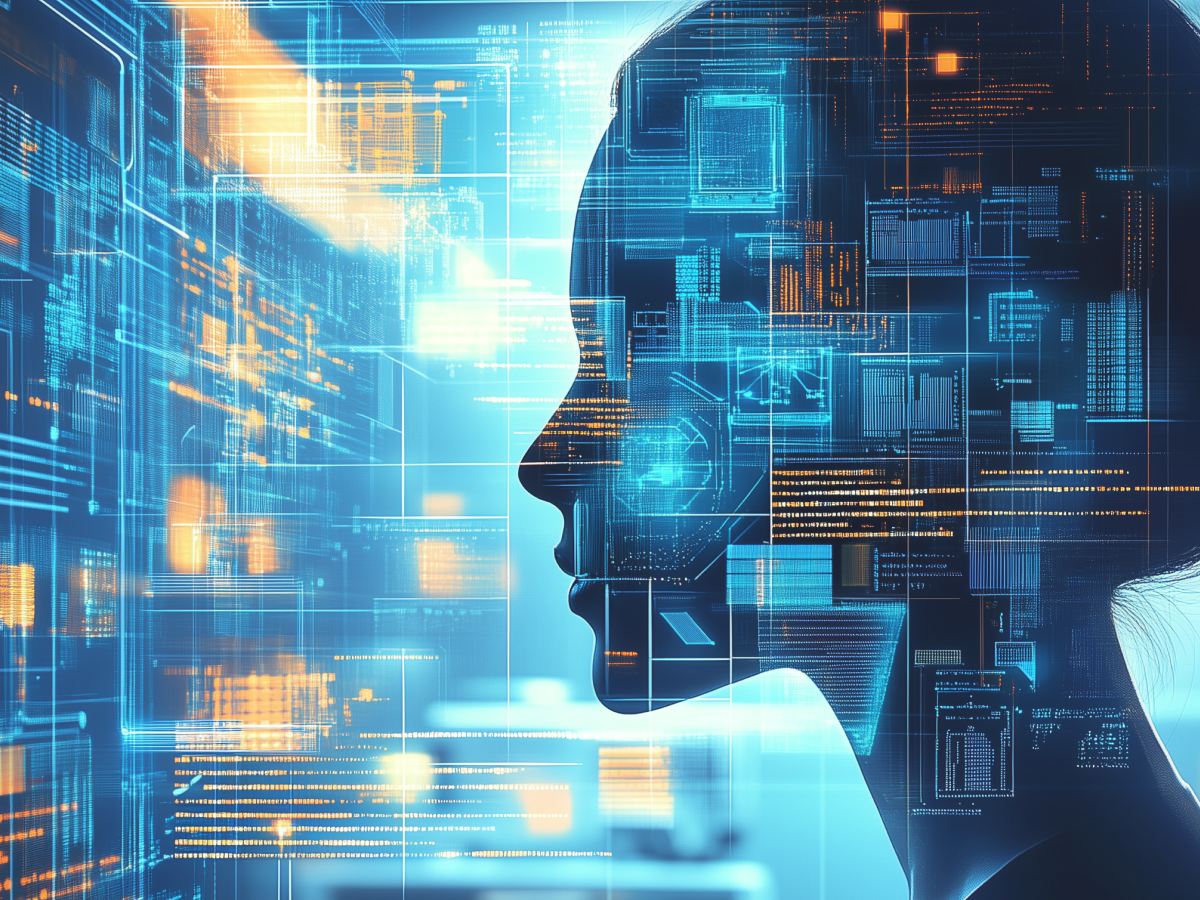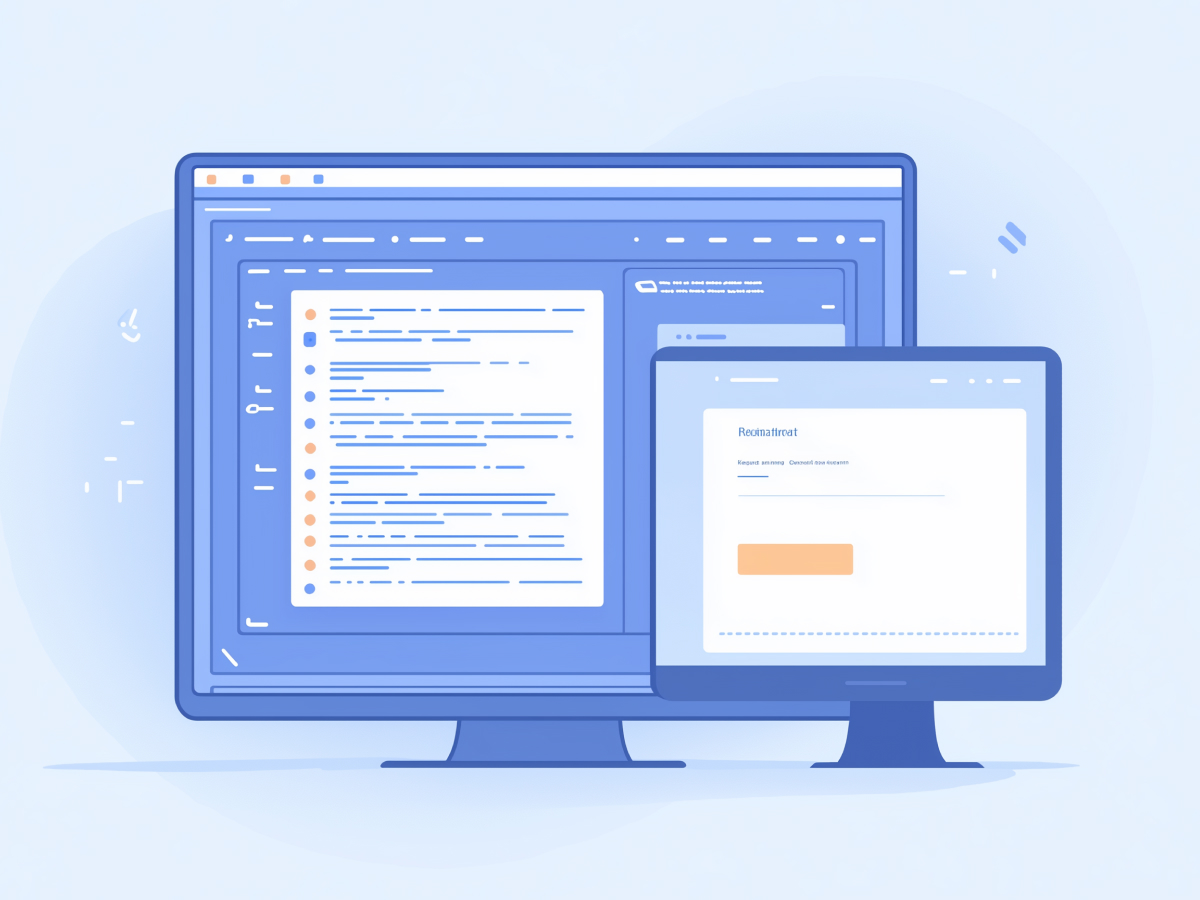If you ignore the human side of AI, you set yourself up for failure. Employees resist change when they feel left out of the equation. Inequality creeps in when systems don’t align with people’s unique strengths. Morale drops when workers see AI as a threat rather than a tool, and when morale drops, performance suffers. The result? Underwhelming outcomes from what should have been transformative initiatives.
To prevent this, align AI systems with the actual needs and capabilities of your workforce. The Focus here should be on creating an ecosystem wherein employees can excel alongside AI. When people feel included, they engage with AI in ways that amplify its value. This is how you turn AI into a genuine competitive advantage.
Soft skills are key for successful AI adoption
AI awareness isn’t universal, it’s unevenly distributed. Men tend to be more aware of AI’s applications than women. Similarly, African Americans and Hispanics often report less familiarity with AI than other groups. These gaps matter because they can lead to uneven access to opportunities.
Leaders have a unique responsibility to address this imbalance. This should consider more than simply training people to use AI tools, and should look into building up skills that help all employees feel confident and included in the AI-driven future. Soft skills—like empathy, communication, and teamwork—serve as the bridge.
“According to Pew Research, awareness disparities are also linked to factors like income and education. This data is a call to action: make AI accessible to everyone, not just a select few.”
Non-technical roles will drive the majority of AI value
The reality is that AI’s biggest wins aren’t confined to technical departments. McKinsey found that 75% of AI’s potential comes from areas like customer operations, marketing, and sales. These aren’t traditionally “technical” functions, but they are where AI creates incredible value.
Non-technical teams are the ones shaping how AI connects with customers, personalizes experiences, and drives revenue. Despite this, many organizations still get it wrong. They focus solely on technical teams. To succeed, you need an organization-wide strategy where every function understands how to tap into AI’s strengths. This is where the rubber meets the road: strategy that includes everyone, and not only the engineers.
4 foundational soft skills for AI adoption
Employees need more than technical know-how to excel during the shift to AI. They need capabilities like resilience, ethical decision-making, and the ability to collaborate across teams. Together, these competencies help employees adapt and contribute meaningfully to AI initiatives, creating a workforce ready to turn potential into progress. Here are the top 4 soft skills to work on instilling in your teams to best-support AI adoption efforts in your business.
1. A growth mindset
When employees view challenges as opportunities for growth, they’re more likely to experiment, learn, and innovate. This mindset transforms fear of change into excitement for the possibilities AI creates.
Here’s a stark fact from EY: 17% of workers know someone whose job has been replaced by AI. That’s a real fear, but a growth mindset can counter it. When people see AI as a chance to learn new skills and improve, they stay engaged and productive. It’s about shifting from “AI might take my job” to “AI could make my job better.”
2. Confidence and resilience
Change creates anxiety, and AI is no exception. EY’s data shows that 75% of employees worry about AI making jobs obsolete, and 65% feel anxious about how quickly AI is advancing. This fear can paralyze teams and slow progress.
The antidote? Confidence and resilience. When employees are equipped to handle uncertainty, they approach change with curiosity instead of fear. Building these traits helps your workforce stay focused and proactive, even in the face of rapid technological shifts. Focus on creating a culture where employees feel empowered, not replaced.
3. Cognitive flexibility
AI is constantly rewriting the rules, and employees need to keep up. Cognitive flexibility—adapting thinking and strategies as circumstances change—is what makes this possible. It’s about being open to new ideas and adjusting your approach as AI insights emerge.
Employees who think flexibly are better equipped to innovate and make smart decisions, even when the ground beneath them feels like it’s shifting. Organizations that nurture this trait unlock smarter, faster responses to the challenges and opportunities AI brings.
4. Collaboration
AI can’t work in silos, and neither can your teams. Collaboration is the key to weaving AI into the fabric of your organization. It’s about open communication, teamwork, and breaking down barriers between departments.
When teams work together, they bring diverse perspectives that fuel innovation. They also create a unified strategy for leveraging AI, ensuring its benefits are felt across the board. Without collaboration, even the best AI tools will fall flat. With it, you get synergy that drives progress.
Inclusive AI adoption supports organizational alignment
AI shouldn’t create two classes of workers: those who “get it” and those who don’t. Instead, focus on inclusivity. Create a culture where every employee feels part of the AI journey, regardless of their technical background.
Focus on making AI approachable and relevant to all. When employees feel included, they embrace change instead of resisting it. Inclusivity turns AI from a potential divider into a unifier, aligning your workforce around shared goals and a common vision for the future.
Final thoughts
Are you designing systems that serve your team, or are you forcing your team to serve the systems? The future belongs to those who align technology with humanity. How will you make sure your brand thrives in the shift-to-AI by making people the driving force behind innovation?




